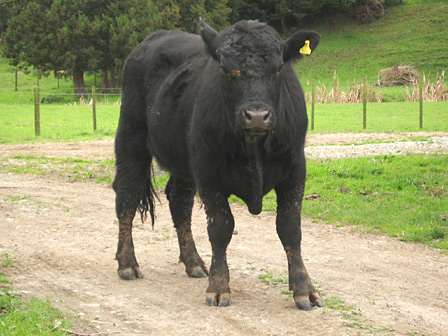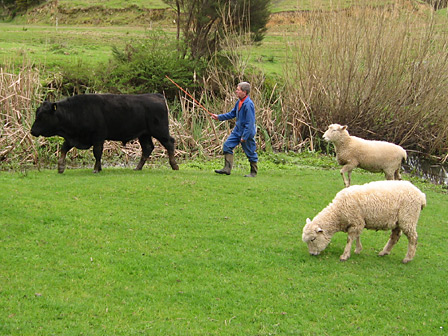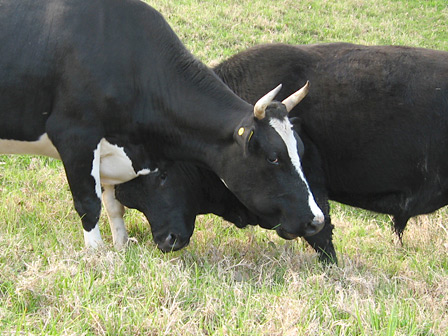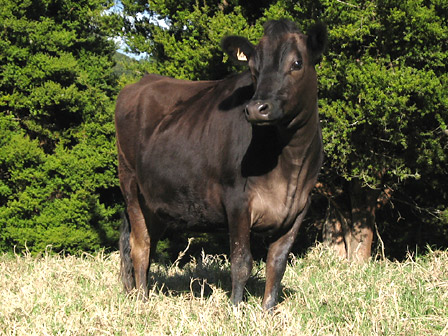Doug is an American from the Pacific Northwest who has been an on and off reader of Cryptogon for several years. He recently wrote in to discuss his new life in rural Germany with his German wife, Anita. I hope Doug and Anita get a site up soon!
I thought other Farmlet readers would be interested in Doug’s letter:
Kevin…
An on-and-off-again visitor to Cryptogon over the years, of similar socio-political stripe and economic views, I was pleased to discove your Farmlet website up and running over the last week.
I would very much like to register so I’m able to post comments.
On my end, I’m an expat Seattle boy restoring and renovating my wife’s family farm in rural western Germany, with what I suspect are plenty of parallel experiences worth sharing. I’m looking forward to following your trajectory down under.
Our property was a small, family-operated commercial dairy operation from the late fifties through May 1997, though the original function of the main building was as the local tax house. The ancestors landed gentry. It became a farm only after early 19th Century Napoleonic influence in the region (Eifel) stripped away the old system and associated titles.
The current house (circa 1751) has meter-thick walls at the base, and my native wife’s 80-ish parents maintain a vast house garden — with our help and assistance these days. Our only livestock at present consists of twenty laying hens, though the main stable conversion will intentionally include a stock space facing the back of the property. One of our biggest assets is a large root cellar under the kitchen, a resident frog helping keep the bug population under control.
Today, we lease what remains of the fields and pastures to a cousin in the next village and are working away converting the property into a “B&B” with amenities geared toward traditional nutrition ideas.
We were both sick puppies — and getting ever sicker — stateside, which was a significant motivation among the many that brought us here. This whole adventure we’ve undertaken, as I suspect yours might also be, is as much a healing process as it is a declaration of independence from industrial want or any other high-minded socio-economic goals. I’d be a liar if I said they weren’t also in play, but to my mind, principles don’t mean much if you’re always too sick to put them into serious action.
Our learning curve has been long, tasty and we are in better physical health than either of us has ever experienced in our lives. We consume only raw milk products, produce our own soured milk and lacto-fermented foods, procure our grass-fed beef, butter and heavy cream from the same place we acquire our milk here in the village. We sweeten with locally produced raw honey and black-strap molasses, etc. I thank the cows on whose fresh milk we rely every time we walk or ride by on the bikes.
Meanwhile, we continue to learn all we can about pre-industrial food production, preparation and processing using only nutrient-dense source ingredients. We’re also members of the Weston A. Price Foundation, serving as a German chapter.
As a result of all this, I suspect I might have a story or two to share.
Cheers,
Doug
Thanks for writing and sharing, Doug. We have similar interests, goals and will definitely be able to learn from each other. Becky and I are looking forward to hearing more about your experiences.







